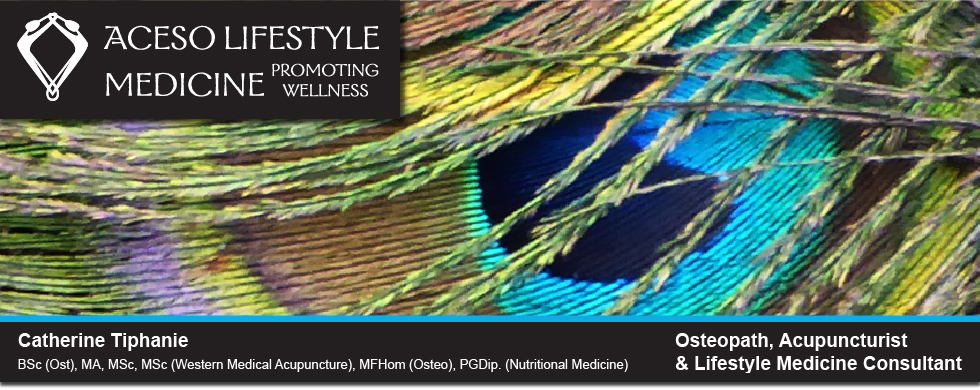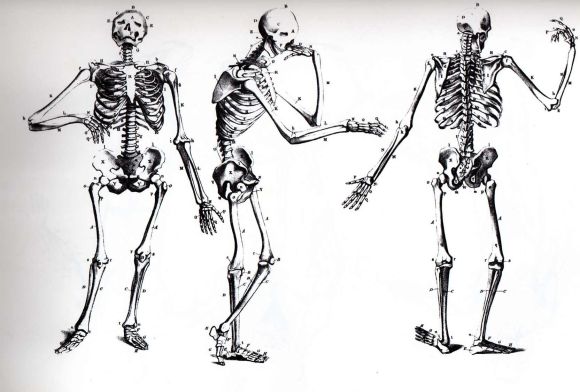
What happens at my acupuncture session?
Treatment with Western Medical Acupuncture is only carried out after a conventional medical or osteopathic history and examination. This allows a diagnosis of the problem to be made, and confirms that the symptoms are suitable for treatment with acupuncture. Many patients attending an osteopath will have already consulted their GP, and may have had previous tests and investigations for their musculoskeletal symptoms.
During a treatment session, acupuncture needles are inserted into various parts of the body, and stimulated to obtain the required physiological effect. All acupuncture needles used during treatment are single-use disposable needles.
The needles may either be in place for a brief time, or left for up to 20 minutes. They may be near the problem area (local), or in the muscle close to the spine (we call these ‘segmentally-linked points’). Other areas may also be needled for the more general effects of acupuncture.1 These points are often in hands and feet, and are also commonly used in Chinese acupuncture.

What happens after my acupuncture session?
After an acupuncture session most people feel very relaxed. Depending upon what condition has been treated, the osteopath will advise you about what you can and cannot do.

What should I not do after treatment?

Strong exercise is not recommended after treatment, as in many cases your muscles will need to get used to new movement patterns. This is especially important when you are recovering from musculoskeletal injuries. The osteopath will give you individual advice – which is specific to your treatment programme.
What are the possible side-effects?
After an acupuncture session most people feel very relaxed, and some even feel sleepy.2 You are welcome to sit in our waiting room until you feel ready to leave the Clinic. Many people get a very good night of sleep following their acupuncture treatment.
When acupuncture is practiced by a trained healthcare practitioner it is a safe form of treatment.2 It does not have the side-effects of many analgesic and non-steroidal anti-inflammatory drugs (NSAIDs) which are commonly used in conventional treatment of many musculoskeletal conditions, including osteoarthritis.3
Sometimes there may be a small bruise where a needle has been inserted.2 When inserting acupuncture needles care is taken to identify and avoid any obvious blood vessels. However, sometimes a small blood vessel which is not obvious from the surface is accidentally needled, which may result in a small bruise.
References:
1 White, A. Editorial Board. Western medical acupuncture: a definition. Acupuncture in Medicine 2009; 27: 33-35.
2 White, A. The safety of acupuncture – evidence from the UK. Acupuncture in Medicine 2006; 24(Suppl): S53-57.
3 Vas, J., Perea-Milla, E., Méndez, C. Acupuncture and moxibustion as an adjunctive treatment for osteoarthritis of the knee – a large case series. Acupuncture in Medicine 2004; 22(1): 23-28.
To return to main Acupuncture page please click here
Copyright ©2012 - 2023 Catherine Tiphanie. All Rights Reserved. Privacy Policy
